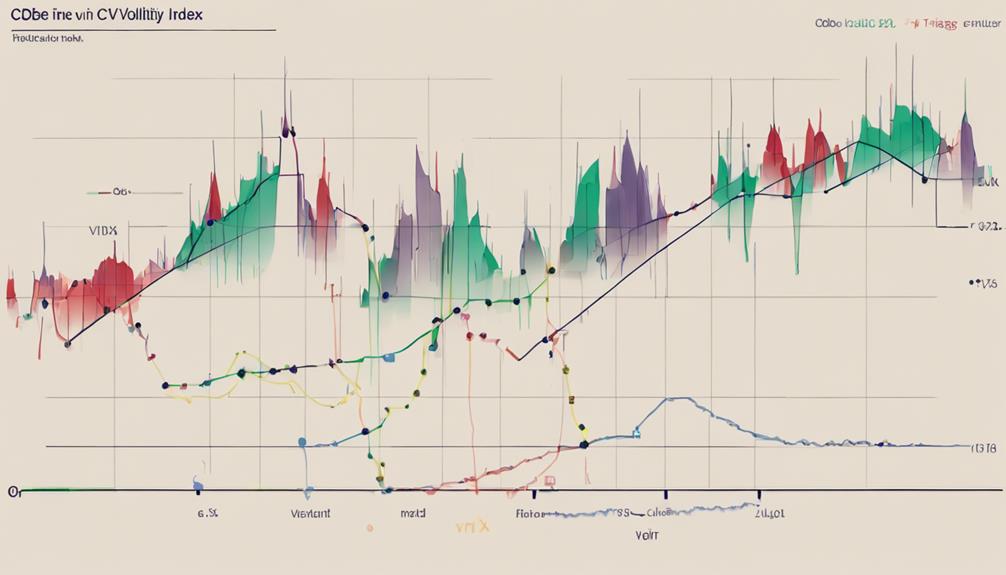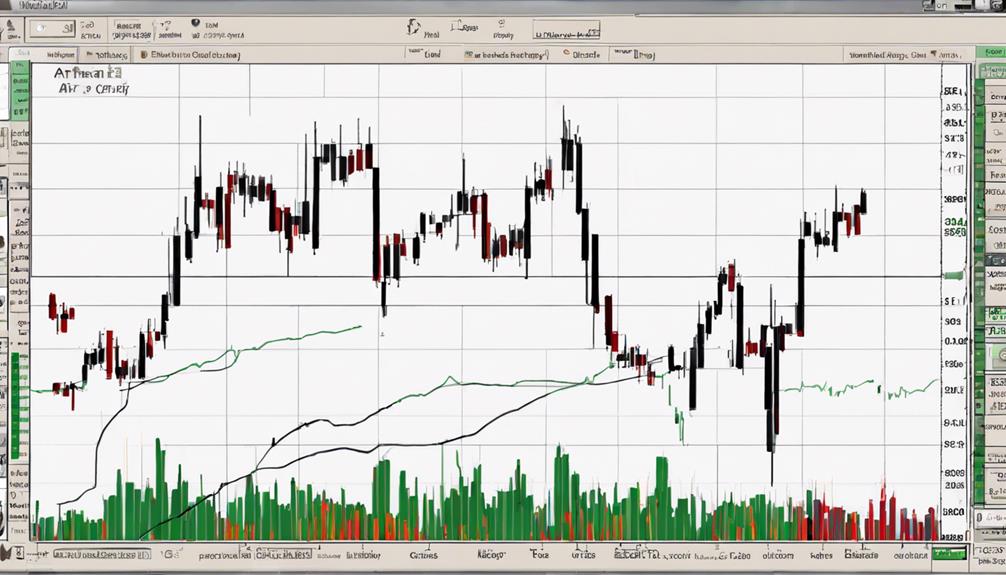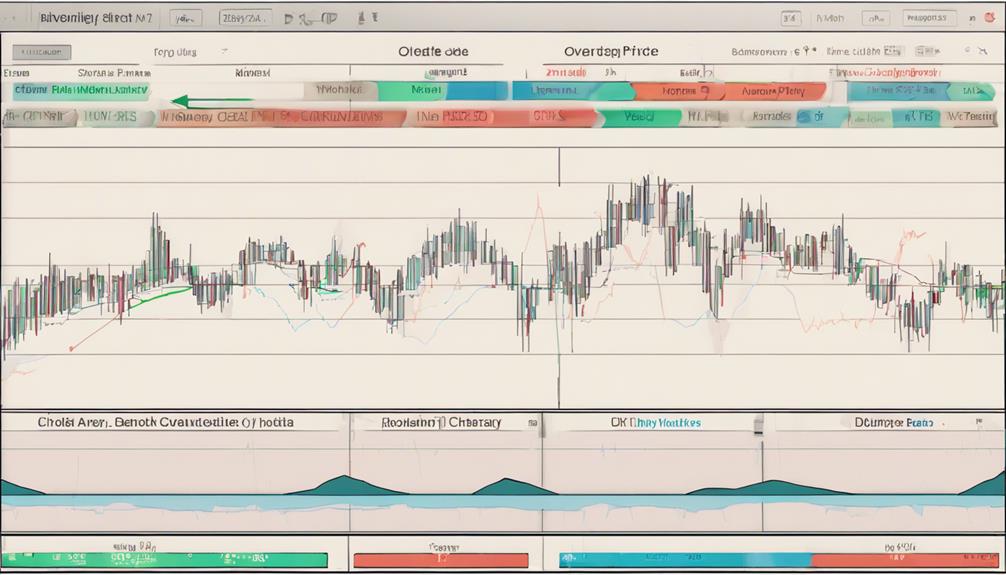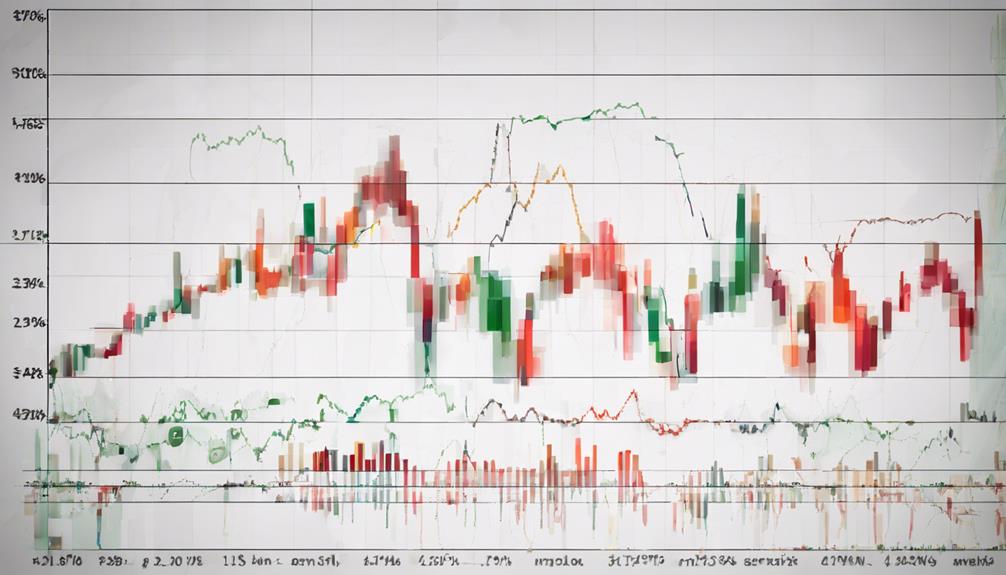Volatility indicators play a significant role in the realm of trading, serving as essential tools for traders to comprehend market dynamics and anticipate potential price movements. These indicators offer valuable insights into market sentiment and can assist in identifying crucial turning points in the market.
By incorporating volatility indicators into their trading strategies, traders can enhance their decision-making process and effectively manage risks. The ability to interpret these indicators accurately can make a substantial difference in a trader's success. Understanding how volatility indicators function and their implications is key to navigating the complexities of the financial markets.
Importance of Volatility Indicators
The significance of volatility indicators in trading cannot be overstated as they play a crucial role in enabling traders to assess and anticipate market dynamics with precision. Volatility indicators help traders gauge the level of price fluctuations within the market. By analyzing these indicators, traders can gain valuable insights into market conditions, such as the strength of trends, potential reversals, and overall market sentiment.
Understanding volatility is essential for traders as it influences their decision-making process in setting stop-loss levels for risk management and identifying optimal entry and exit points for trades. These technical tools assist traders in navigating the market by providing guidance on adjusting their strategies based on the varying levels of volatility.
Cboe Volatility Index Explained

Reflecting implied volatility in the S&P 500 Index options, the Cboe Volatility Index (VIX) stands as a widely monitored market gauge. Traders rely on the VIX to assess market sentiment and anticipate potential market movements based on volatility levels.
Here are three key points to understand the Cboe Volatility Index:
- Implied Volatility: The VIX calculates expected market volatility by analyzing S&P 500 Index options prices. Higher VIX values indicate increased expected volatility, while lower values suggest calmer market conditions.
- Market Sentiment Indicator: Traders interpret VIX levels above 30 as a sign of heightened market uncertainty and potential risk. Conversely, values below 20 may indicate a more stable market environment.
- Investor Insights: Derivatives and Exchange-Traded Funds (ETFs) linked to the VIX allow investors to hedge against market volatility. By providing real-time data on market expectations, the VIX assists investors in making informed decisions to navigate changing market conditions effectively.
Average True Range (ATR) Indicator Overview

Measuring market volatility through a calculation of price range fluctuations over a specified period, the Average True Range (ATR) indicator provides traders with valuable insights into the intensity of price movements. By analyzing the high-to-low price range, ATR offers a smoothed average that helps traders understand the level of price movement and volatility in the market. This information is crucial for determining volatility levels, which can influence trading decisions such as position sizing and stop-loss placement.
Higher ATR values indicate increased volatility, prompting traders, especially swing traders, to adjust their strategies accordingly. Adapting to the current volatility levels revealed by the ATR allows for more informed trading and better risk management. Traders utilize the ATR to gauge the intensity of market fluctuations, enabling them to make strategic decisions that align with the prevailing market conditions.
Understanding Bollinger Bands

Utilizing a comprehensive approach to market analysis, Bollinger Bands offer traders a sophisticated tool for identifying price volatility and potential trend reversals. Bollinger Bands consist of three key components:
- Middle Band: The middle band is a simple moving average (SMA) that represents the average price over a specific period. It serves as a baseline for the upper and lower bands.
- Upper/Lower Bands: The upper and lower bands are positioned at a distance of two standard deviations from the middle band. These bands dynamically adjust based on price movements, tightening during periods of low volatility and widening in high volatility.
- Price Volatility and Trends: Price tends to revert to the middle band, indicating potential reversal points in trends. Additionally, when prices touch the upper or lower bands, it suggests overbought or oversold conditions. Traders rely on Bollinger Bands to confirm trends, identify breakouts, and determine optimal entry or exit points in the market.
Application of Volatility Indicators

The strategic integration of volatility indicators in trading practices enhances market analysis and decision-making processes for traders seeking to navigate dynamic price movements effectively.
Volatility indicators such as the Average True Range (ATR), Bollinger Bands, Volatility Index (RVI), Standard Deviation indicator, Keltner Channel, Relative Volatility Index, and moving averages play a vital role in assessing market volatility levels.
By utilizing these indicators, traders can gauge the degree of market volatility, identifying periods of increased or decreased volatility. Setting stop-loss orders based on volatility indicators aids in managing risk by providing insights into potential price fluctuations.
Moreover, determining optimal entry and exit points is facilitated by monitoring volatility levels, allowing traders to adapt their strategies accordingly. Market sentiment analysis can also be enhanced by incorporating volatility indicators, enabling traders to make informed decisions based on the prevailing market conditions.
Adapting trading strategies based on the insights derived from volatility indicators is crucial for achieving success in trading.
>How Do Volatility Indicators Impact Overall Trading Strategies?
When it comes to devising effective trading strategies, understanding the impact of essential swing trading volatility indicators is crucial. These indicators provide valuable insights into market behavior and help traders make informed decisions. By incorporating them into their strategies, traders can better navigate the ups and downs of the market.
Frequently Asked Questions
What Are Volatility Indicators?
Volatility indicators are tools utilized in trading to gauge the degree of price fluctuations within a market. They help traders assess potential risks and opportunities by measuring the magnitude of price movements and market sentiment.
What Is the Best Indicator to Show Volatility?
The best indicator to show volatility in trading is the Bollinger Bands. This indicator tracks price movements relative to a moving average, highlighting potential breakouts or reversals. It is a valuable tool for traders seeking insights into market volatility dynamics.
What Is the Best Measure of Volatility?
When evaluating volatility measures, the Average True Range (ATR) stands out as a reliable indicator. ATR's ability to gauge price fluctuations accurately makes it a preferred choice among traders. Its dynamic insights aid in effective risk management strategies.
How Do You Use Volatility Index Indicator?
Utilize the volatility index indicator by monitoring the VIX above 30 for heightened market volatility and investor fear. Interpret implied volatility levels to anticipate market shifts and gauge overall sentiment, aiding informed trading decisions amid fluctuating conditions.
Conclusion
In conclusion, volatility indicators play a crucial role in assessing market fluctuations, identifying trends, and determining optimal entry and exit points in trading.
The Cboe Volatility Index provides insights into market sentiment, the Average True Range indicator measures price volatility, and Bollinger Bands help identify potential breakouts or reversals.
By incorporating these indicators into trading strategies, traders can effectively manage risks and make informed decisions to enhance their overall performance.


